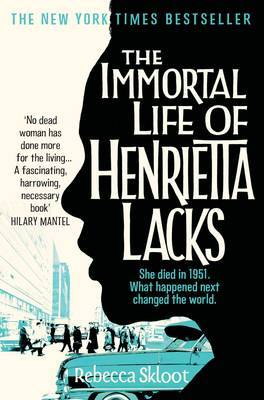A few days ago, I posted a couple of new paintings in a series that I announced in the post “Hello, I Have Seen Your Brain And Made Art From It“. The series is being created from some old MRI films that I acquired 10 years ago, which I originally thought were anonymous, old films that were being discarded, but then found private, current information with them. I thought the inspiration of the art was an interesting story worth telling, as I am just as invested in the process of making art as I am the final product. In the piece, I openly acknowledged the terrible breach of privacy that occurred, and my impulsive, selfish decision 10 years ago to keep the MRI films.
I posted the link to the story on Facebook, Twitter, and in the Art forum on Reddit, a web-aggregate site that I am using for the first time.
The reaction could not have been more intense.
People praised the story, upvoted it on Reddit, and sent both private and public messages praising my decisions to protect anonymity at all costs, and donate proceeds from the artwork to a charity of the purchaser’s choice. People unfollowed the blog and my Twitter feed, and there was a particularly personal and vitriolic message from someone. It’s clear that issues of privacy, and the sanctity of the doctor-patient relationship, strike very close to many people…this isn’t news. Did the relevance of the art, or even any discussions of the quality of it, get lost in the fracas? Probably.
Coincidentally, in the last few days, I just finished reading “The Immortal Life Of Henrietta Lacks” by Rebecca Skloot. It tells the story of a young black woman, Henrietta Lacks, who died of cervical cancer in 1951. Before she died, a cell researcher at Johns Hopkins hospital took a sample of her cancerous cells, and it turned out that they had the ability to thrive in culture, indefinitely…something that scientists had been trying to accomplish with human cells for years. Her cells were, and still are, one of the most highly propagated cell lines in the world, and have led to countless advances in science and medicine. However, it wasn’t until 20 years later that her family found this out. Without spoiling it, I recommend the book highly, and hope that a film gets made of it, only in the hopes that the story reaches a much wider audience; it’s a story that needs to be told. (UPDATE: according to the Wikipedia page, Oprah Winfrey and Alan Ball, in partnership with HBO, are planning to make a film of it. I honestly can’t think of a better team, or a better network, to produce it)
It gave me so much food for thought. Granted, the situations are on a completely different scale, but they have similarities.The issues of anonymity and privacy are at the forefront in the book. Ultimately, if my art raises the discussion level of these issues, then the purpose of the art is served…but at what cost? Someone’s privacy has breached, if only to one person, and it can’t be “unbreached”.
I wish I could wrap this up in a neat little package. I can’t. A couple of people have suggested that the next, artistically “brave” step would be to reveal the identity…I can’t ever get behind that idea, especially after reading the book. I don’t know what the next incarnation of the artwork will be, but it will be the last: it will involve destroying the MRIs and forever guaranteeing ******** ******’s privacy.
Would I make the same choice today, would I keep the MRI films? No…in fact, I would return them. But I do embrace the idea of righting a wrong, and of making beauty from a mistake. I am a member of the human community first, and an artist, a blacksmith, second. If I ever stop learning, or having the humility to change my mind, I lose my membership in both communities.
Thanks for listening.


Pingback: The Warp and Weft Part 4: Happy Endings | BLCKSMTH